26 January 2010
The Long Shadows
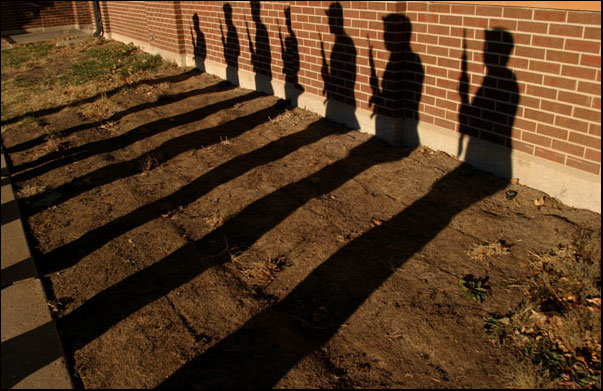
Honor Guard, Ft Carson©2010 Sean Cayton All rights reserved
It is going to take a second to get around to the point of all this, which for those who have lives, I will give you up front. America’s wars have completely separate social lives, and live for the full generation of those who served in them.
For good or ill, of course. This has more than a little to do with understanding Rex, and Al Gore and Bill Clinton. And me, for that matter. If you need to run, go ahead. We will be right here tomorrow morning and might have arrived at a conclusion while you were working.
Here is the deal. The great conflicts of the United States have long shadows. They are reflected in the public life for decades after the guns have gone silent. The Civil War is the biggest of them. Nearly 10% of the total population- make that 20% of men of all ages- and most of the young ones- wore the uniform of blue or gray.
Eight future presidents served in the conflict, all of them Union men. The list starts with Millard Fillmore and stretches all the way to William McKinley, the last President to serve in the nineteenth century and the first to serve in the twentieth.
In all that time, only one Chief Execution did not have a war record. That would be the only President elected twice, non-sequentially, Democrat Grover Cleveland. Admitted to the New York Bar, he was drafted but availed himself of the quite legal option to hire someone else to serve for him.
Critics made quite an issue of the matter in both his campaigns, but the continuing hubris of the Party of Lincoln made the votes occasionally willing to give him a pass. I mention this, as a matter of foreshadowing, as alert readers will note, since we will get to the matter of just how long the shadows of the war in Indochina have been cast.
McKinley was the last of the breed, sort of like Konstantin Ustinovich Chernenko, the last Soviet leader who fought in the Great Patriotic War against the fascists. His death in office made Mikail Gorbechev possible; it was the passing of the great logjam of memory.
Teddy Roosevelt had to drum up support with William Randolph Hearst to get his own war to get into uniform.
Although the United States was actively involved in World War I for only nineteen months, the mobilization of the economy was extraordinary. Over four million Americans served in the armed forces, and many of them made it overseas. But the brevity of the conflict (for the Americans, anyway) rendered wartime service a challenge for the immediate successors to the reluctant wartime commander Woodrow Wilson.
Harding and Coolidge did not serve. Herbert Hoover’s wartime contributions were manifest, as the director of Food for President Wilson, but they involved no heroic pictures.
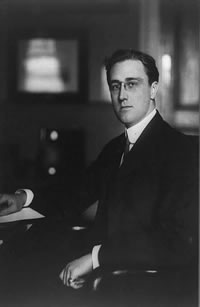
FDR was assistant secretary of the Navy, an assignment that checked the block for service, but the inter-war period had its own challenges. Roosevelt’s third vice president, Harry Truman was a National Guard Major, and commanded a Field Artillery unit in the Meuse-Argonne offensive in 1918 and was at Verdun at the end of the war.
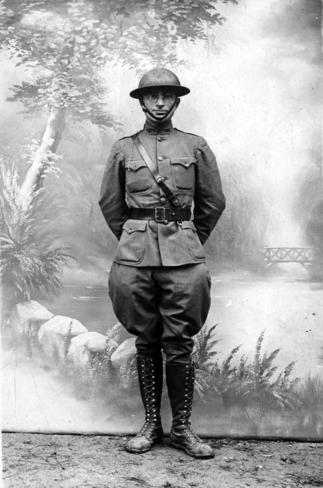
His military credentials were impeccable, better than Tom Dewey’s, but everything paled in the face of the candidacy of the victor of the Crusade in Europe, General of the Army Dwight Eisenhower.
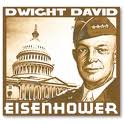
Over thirteen million Americans had served in uniform, and almost everyone else somehow was supporting the effort.
Participation was nearly as universal as it had been in the Civil War.
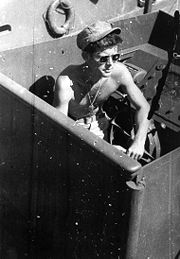
The new bold politics of John Kennedy seemed like a positive tonic and were only bolstered by the smooth good looks of the hero of PT 109.
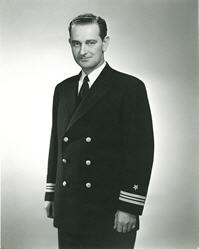
Lyndon Johnson served, as well, though this is where things start to get a little strange. They always do around Lyndon. Ike and JFK were for real. LBJ had been appointed a Lieutenant Commander three days after Pearl Harbor while still a serving Texas Congressman. He worked on production and manpower problems in the mobilizing Navy Department, and made a three-month inspection trip to the Southwest Pacific. He participated as an observer on a number of bomber missions in the South Pacific, and was awarded the Army Silver Star Medal for his service as an observer.
Immediately after returning from the trip, on July 16, 1942, Johnson was released from active duty under honorable conditions for seven months distinguished service. Most other folks were in it for the duration.
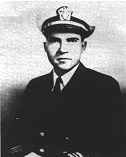
Dick Nixon accepted an appointment as lieutenant junior grade in the United States Naval Reserve on 15 June 1942. He went the distance, serving in a variety of assignments throughout the Pacific. He was released from active duty on 10 March 1946.
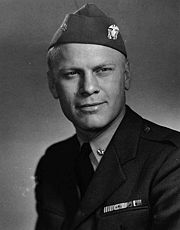
Jerry Ford earned ten battle stars in the Pacific onboard he USS Monterey (CVL-26), and by all reports was exactly the kind of shipmate who helps keep you alive.

Prim Jimmy Carter was a Naval Academy grad, like Barney Martin, class of ’46. It was just shy of the end of the war, and thus he became the first post-WW II era President, though his 7 years, 4 months, 8 days of active service speak to a lot.
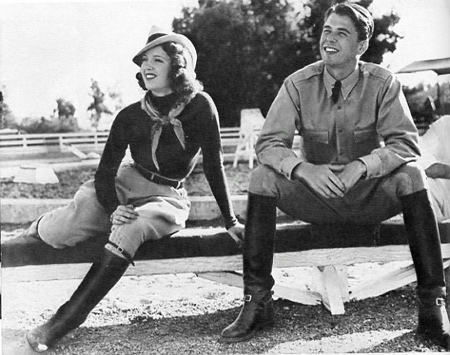
Ron Reagan? A curious career, but you cannot say his heart wasn’t in it. He actually completed fourteen home-study Army Extension Courses and enlisted in the Cavalry as a private in 1937, four years before Pearl Harbor. He was called up for active duty for the first time in April, 1942, and near-sightedness precluded assignment overseas.
Captain Reagan was eventually assigned to the 1st Motion Picture Unit. He sure looked good in uniform, and when separated from active duty on December 9, 1945, his unit had produced some 400 training films.
I do not recall anyone making a serious charge against the quality of this service, though there certainly were mutterings about Hollywood and fame and how things worked.
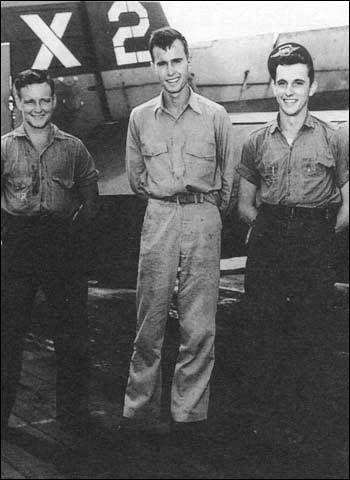
George H.W. Bush was the last of the line. He was for real, for a period the youngest Naval Aviator, and flew 58 combat missions by the time he was twenty years old. At the same age, William Jefferson Clinton was writing letters to his Draft Board about how he needed to preserve his future political viability. This hits pretty close to home for a lot of us boomers.
One of the letters, to Col. Holmes of the Arkansas Draft Board, was shortly to become famous. Maybe the most interesting thing about the whole matter was that it turned a whole lot of history on its head.
I remember that there were implications about the quality of President Bush’s airmanship when he got shot down, and his culpability in the deaths of two crewmen who flew with him.
It was enough to boggle the mind. This was from a campaign that had no apparent military experience at all. And goodness, the things they said about Mr. Clinton. Well, frankly it was enough to make you blush.
Mr. Gorbechev did not have to say anything bad about Konstantin Chernenko. He didn’t have to. The old man died in office and there was no one left from the Greatest Russian Generation.
Bush 41 is still going strong, though, and is now great friends with Mr. Clinton as members of an exclusive club. But the passing of the Greatest Generation from political life left us with the combatants in the domestic war over the war in Vietnam.
That was going to get really ugly, starting with Mr. Clinton, and going right on through the younger Mr. Bush and Senators Kerry and McCain.
I told you it was a long shadow. We will have to get to the National Guard and Swift Boats and all that mess tomorrow. That is where the Brown Water Navy really stood up and refused to take it.
Copyright 2010 Vic Socotra
www.vicsocotra.com
Subscribe to the RSS feed!